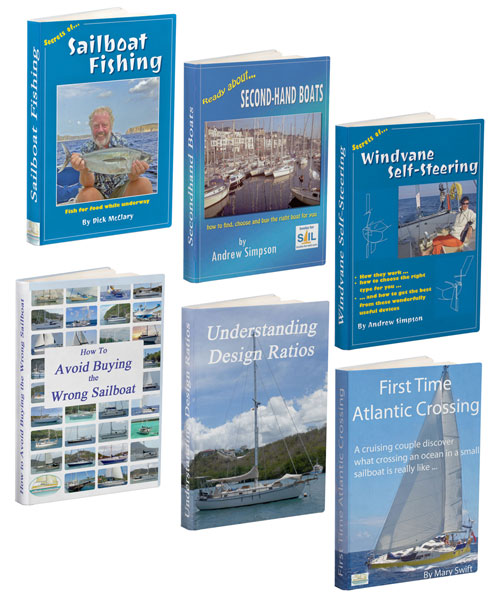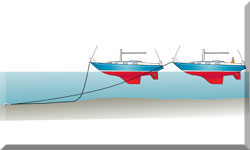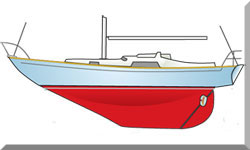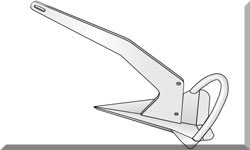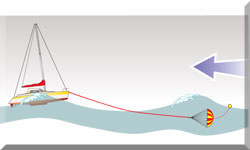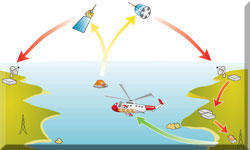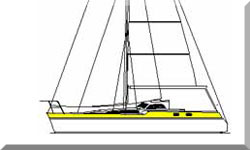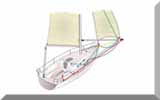- Home
- Sails
- Spinnaker Sails
- Spinnaker Safety
Top 10 Tips for Spinnaker Safety
The spinnaker, a glorious expanse of colorful sail, promises exhilarating downwind performance. But this powerful sail demands respect. Safe spinnaker handling requires knowledge, preparation, and a healthy dose of caution.
This article outlines the top 10 safety tips for sailors who are not entirely confident with 'throwing the kite up'.
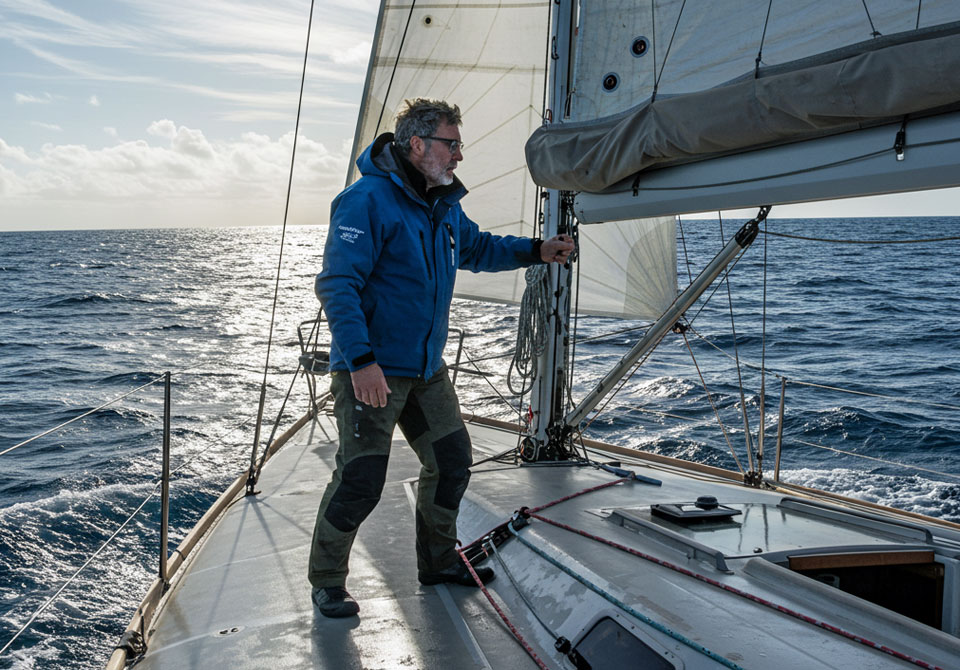 Time for the kite, skipper?
Time for the kite, skipper?1. Know Your Limits (and Your Crew's): Sailing Within Your Capabilities
The first rule of spinnaker safety is understanding your own experience level and that of your crew.
Don't jump into heavy air spinnaker work if you're just starting out. Begin with lighter wind conditions, gradually increasing the challenge as your skills and confidence grow.
A pre-sail briefing is essential. Discuss roles, responsibilities, and, most importantly, emergency procedures. Ensure everyone understands their tasks and knows what to do in a crisis. Key players are:
- The helmsman
- The foredeck hand
- Winch handlers (for sheet and guy)
This shared understanding is the bedrock of safe spinnaker handling.
2. Choose the Right Conditions: Respecting the Elements
Just as you wouldn't climb a mountain in a blizzard, you shouldn't fly a spinnaker in unsuitable conditions.
Selecting the appropriate wind strength and sea state is crucial. Avoid heavy air, gusty conditions, or rough seas, especially when you're less experienced. There are no hard and fast rules, but common sense should prevail. If you're unsure, err on the side of caution.
Remember, the goal is to enjoy the sail, not to fight the elements.
3. Inspect Your Gear: A Stitch in Time Saves Nine
Before each sail, meticulously inspect all spinnaker equipment. This includes:
- the sail itself,
- the running rigging (halyard, sheets, guys),
- hardware (blocks, shackles), and
- the pole/boom.
Look for wear and tear, chafing, or any signs of damage.
A small problem overlooked can quickly become a major issue when the spinnaker is flying. Regular maintenance and timely replacement of worn-out parts are essential.
A thorough check before you leave the dock can prevent a lot of headaches (and potentially dangerous situations) on the water.
4. Proper Trim is Paramount: The Key to Control
Proper spinnaker trim is the key to stability and control. Understanding the interplay between the halyard, sheets, guys, and pole position is crucial for achieving optimal trim.
Use telltales or other indicators to fine-tune the sail's shape and ensure it's working efficiently. A well-trimmed spinnaker is not only faster but also significantly less likely to become unstable and initiate a broach.
Mastering the Art of Spinnaker Trim...
5. Active Helmsmanship is Key: Anticipating the Unexpected
Attentive steering is paramount when flying a spinnaker. You can't just set it and forget it. Constantly scan the horizon for changes in wind and sea state. Anticipate gusts, shifts, and waves, and make smooth, gradual adjustments to the helm.
Avoid over-correcting or reacting abruptly to changes in conditions. Smooth, proactive helmsmanship is the hallmark of a skilled and safe spinnaker sailor.
And don't even think about about using the autopilot!
6. Crew Communication is Crucial: A Symphony of Action
Clear and concise communication between the helmsperson and the spinnaker trimmers is absolutely essential. Everyone needs to be on the same page. Use hand signals or other agreed-upon communication methods to ensure everyone understands the plan.
Pre-arrange signals for emergency situations so that everyone knows how to react quickly and effectively. A well-coordinated crew is a safe crew.
7. Practice Makes Perfect (in Controlled Conditions): Honing Your Skills
Spinnaker handling is a skill that requires practice. Don't try to learn it in the heat of the moment. Practice in controlled conditions with an experienced instructor or mentor. Start in light winds and gradually progress to stronger winds as your skills improve.
Practice emergency procedures, such as a quick douse or a controlled broach, in a safe environment. This will build your confidence and prepare you for any situation.
8. Know Your Emergency Procedures: Being Prepared for the Worst
Knowing what to do in an emergency is critical. Familiarize yourself with the steps to take in various situations, such as a spinnaker wrap, a broach, or a sudden squall.
Practice these procedures until they become second nature. Knowing how to quickly depower the spinnaker and regain control of the boat can make all the difference in a crisis.
A spinnaker sock or snuffer can be a valuable safety aid, simplifying dousing and reducing the risk of wraps.
9. Wear Appropriate Safety Gear: Protecting Yourself and Your Crew
Wearing life jackets (PFDs) is non-negotiable when sailing with a spinnaker, especially in challenging conditions.
Consider other safety gear, such as harnesses and tethers, particularly for crew members working on the foredeck. A first-aid kit and other emergency supplies should always be on board.
Don't skimp on safety gear – it's an investment in your well-being and that of your crew.
10. When in Doubt, Don't Fly It: The Voice of Reason
The final and perhaps most important tip: when in doubt, don't fly it.
If conditions are questionable, or if you or your crew are not fully prepared, it's always better to err on the side of caution. No one will fault you for choosing safety over bravado.
Remember, the goal is to have fun and enjoy the sail, not to take unnecessary risks.
Summary:
This article provides the top 10 safety tips for spinnaker handling for recreational sailors. It covers a range of topics from knowing your limits and choosing the right conditions to inspecting gear, proper trim, crew communication, emergency procedures, and the importance of good judgment.
Recent Articles
-
Wheel-Steering Autopilots: Your Questions Answered...
Apr 18, 25 03:45 PM
Whatever your question, you should find the answer here -
Tiller Pilots: Your Questions Answered...
Apr 18, 25 08:18 AM
Got a question about sailboat tiller pilots? Odds are, you'll find the answer here -
Is Marine SSB Still Used?
Apr 15, 25 02:05 PM
You'll find the answer to this and other marine SSB-related questions right here...
